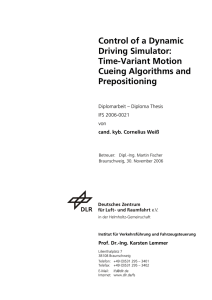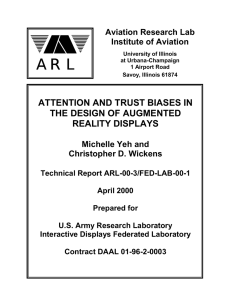Language Arts
advertisement
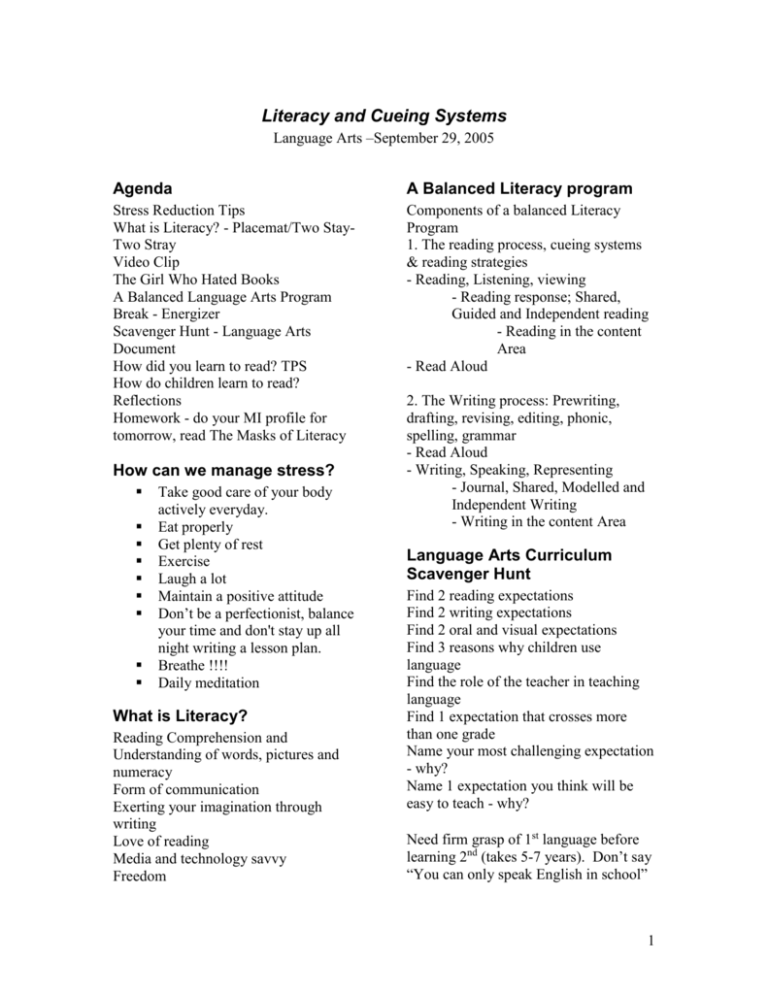
Literacy and Cueing Systems Language Arts –September 29, 2005 Agenda A Balanced Literacy program Stress Reduction Tips What is Literacy? - Placemat/Two StayTwo Stray Video Clip The Girl Who Hated Books A Balanced Language Arts Program Break - Energizer Scavenger Hunt - Language Arts Document How did you learn to read? TPS How do children learn to read? Reflections Homework - do your MI profile for tomorrow, read The Masks of Literacy Components of a balanced Literacy Program 1. The reading process, cueing systems & reading strategies - Reading, Listening, viewing - Reading response; Shared, Guided and Independent reading - Reading in the content Area - Read Aloud How can we manage stress? Take good care of your body actively everyday. Eat properly Get plenty of rest Exercise Laugh a lot Maintain a positive attitude Don’t be a perfectionist, balance your time and don't stay up all night writing a lesson plan. Breathe !!!! Daily meditation What is Literacy? Reading Comprehension and Understanding of words, pictures and numeracy Form of communication Exerting your imagination through writing Love of reading Media and technology savvy Freedom 2. The Writing process: Prewriting, drafting, revising, editing, phonic, spelling, grammar - Read Aloud - Writing, Speaking, Representing - Journal, Shared, Modelled and Independent Writing - Writing in the content Area Language Arts Curriculum Scavenger Hunt Find 2 reading expectations Find 2 writing expectations Find 2 oral and visual expectations Find 3 reasons why children use language Find the role of the teacher in teaching language Find 1 expectation that crosses more than one grade Name your most challenging expectation - why? Name 1 expectation you think will be easy to teach - why? Need firm grasp of 1st language before learning 2nd (takes 5-7 years). Don’t say “You can only speak English in school” 1 How do children learn to read? Teachers/parents understand language development Language develops through: exposure, by testing hypotheses, first language without direct instruction, when they use it to do something else, through social interaction teachers create a Language-rich environment Read aloud every day Four cueing systems - phonetic, semantic, syntactic, pragmatic o Phonetic - sound/symbol relationships o Semantic - word meanings o Syntactic - grammatical connections o Pragmatic - use of the text Strengthening the phonetic cueing system: Strengthening your semantic cueing system: Ask yourself, “Does this make sense?” Develop a rich vocabulary Play with multi-meaning words and figurative language Check out the rest of the sentence to make sense of difficult words Use the pictures Strengthening the pragmatic cueing system: Think about how different modes of writing are organized and use the format to help you read Think about the way the book is organized - use the index, use the footnotes, put together the pictures and the text Read from left to right Make use of titles, headings, italics etc. Develop an understanding of consonant and vowel sounds Apply phonics - the sound/symbol relationship Learn about word structure compound words, root words, prefixes, suffixes, possessives and verb endings Develop an awesome sight vocabulary Strengthening the syntactic cueing system: Understand how the parts of speech fit together - and be able to make smart substitutions Understand nouns, verbs, adjectives, adverbs etc. Know how the verb tenses work past, present and future Recognize how sentences are built to make good predictions 2
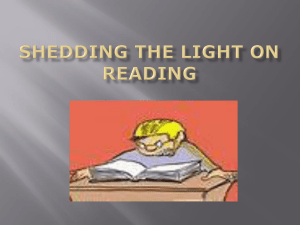
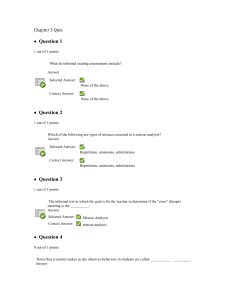

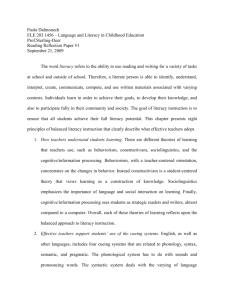
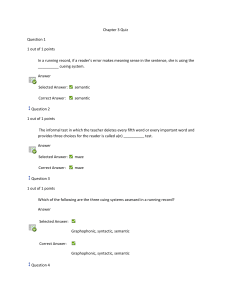

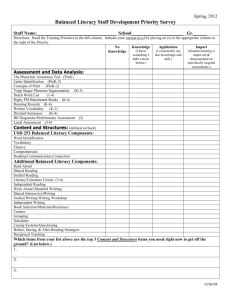

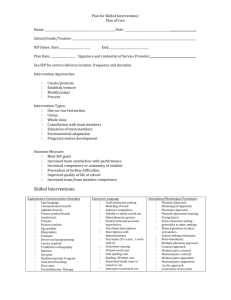
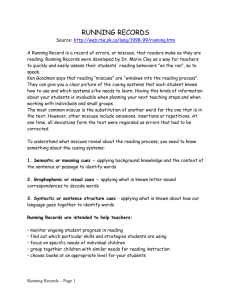
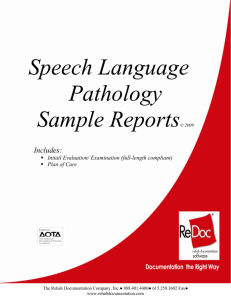
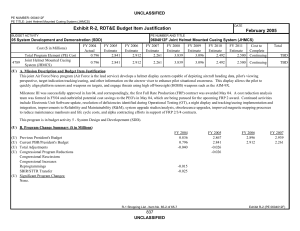
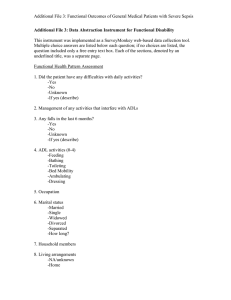
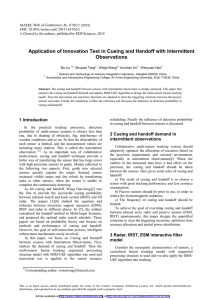


![This article was downloaded by:[Kunar, Melina] On: 25 June 2008](http://s2.studylib.net/store/data/013239629_1-228f920b1e876a2df22e27e31a07845a-300x300.png)
